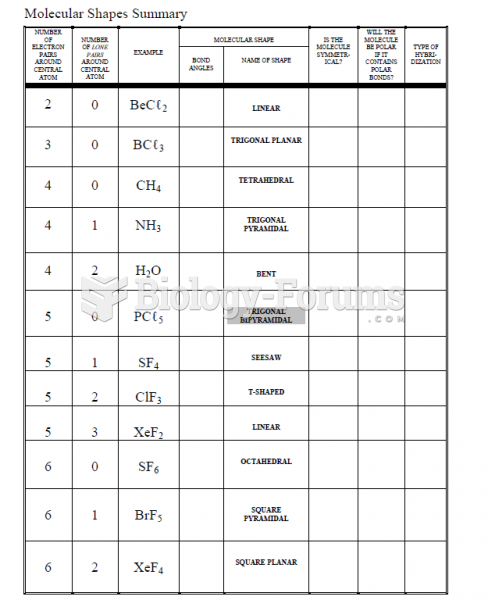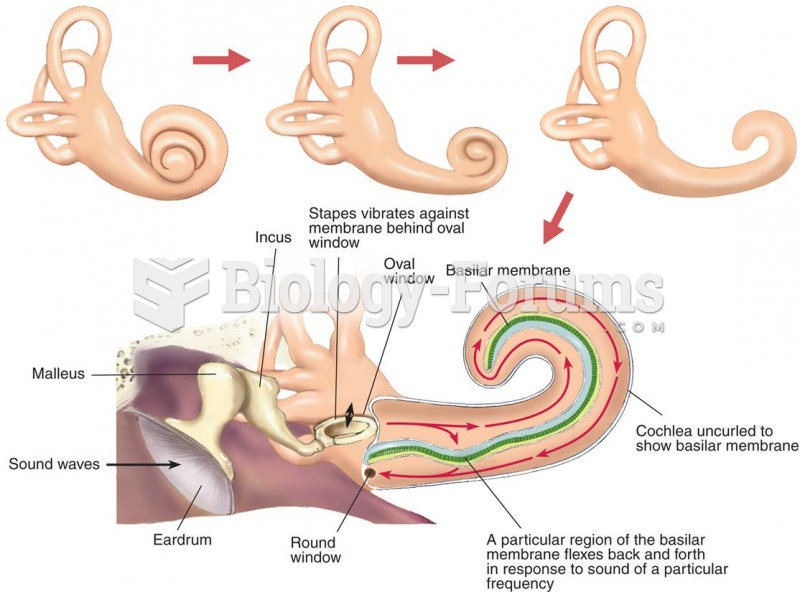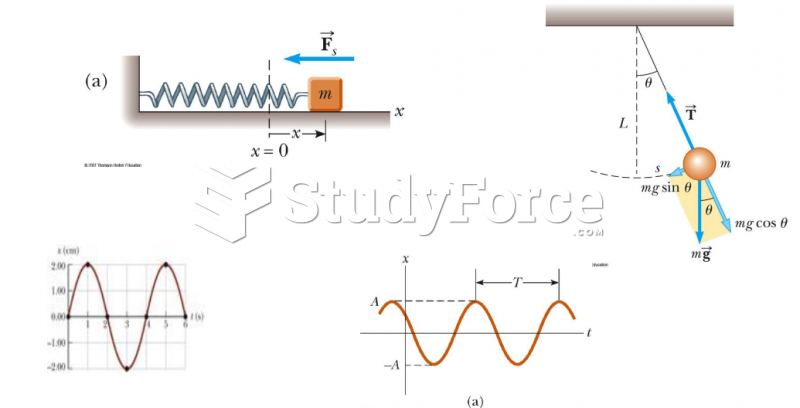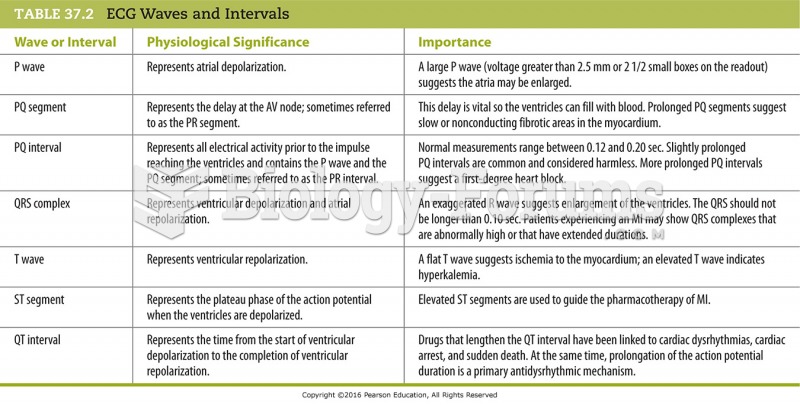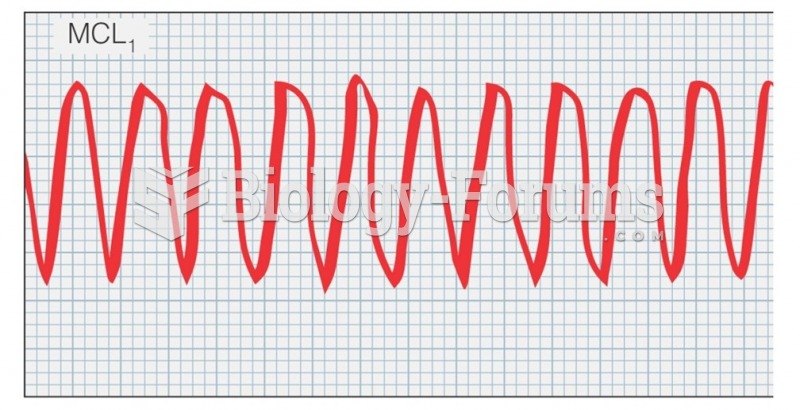|
|
|
Anti-aging claims should not ever be believed. There is no supplement, medication, or any other substance that has been proven to slow or stop the aging process.
Adolescents often feel clumsy during puberty because during this time of development, their hands and feet grow faster than their arms and legs do. The body is therefore out of proportion. One out of five adolescents actually experiences growing pains during this period.
There are more sensory neurons in the tongue than in any other part of the body.
The first documented use of surgical anesthesia in the United States was in Connecticut in 1844.
More than 30% of American adults, and about 12% of children utilize health care approaches that were developed outside of conventional medicine.


